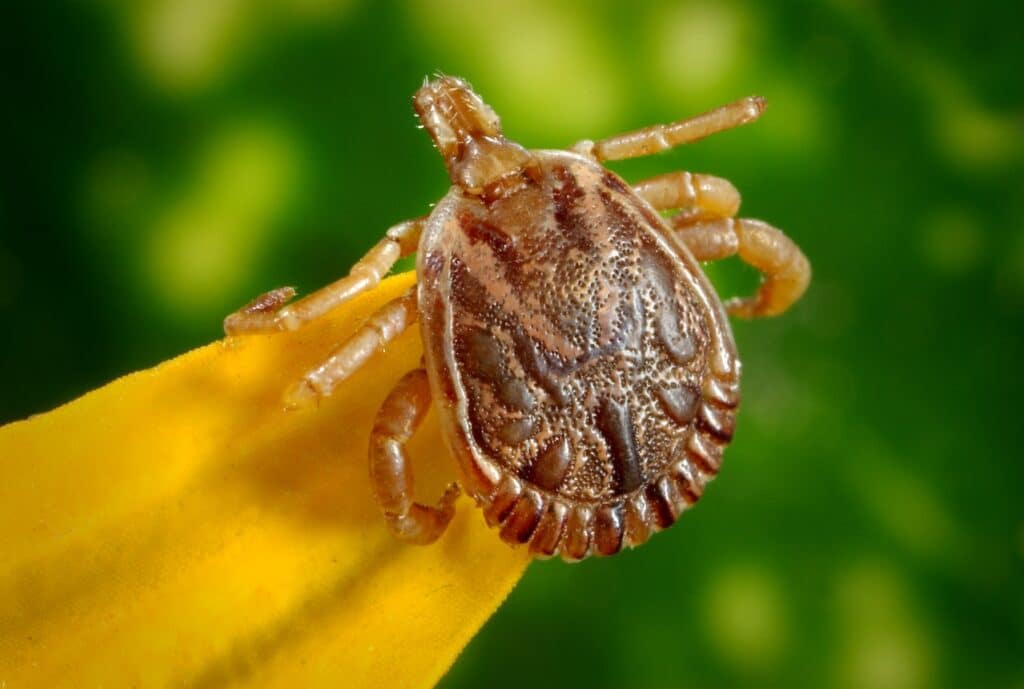
The heat is starting and with it the outdoor activities. The Bay Area has spectacular outdoor places where we can enjoy nature without having to go far. But be careful, because there is a silent, small and very well camouflaged predator that can attack you and your pets, causing serious illnesses. Let's talk about ticks.
This does not mean that you have to abandon your desire to be abroad, you simply have to be careful and prevent an encounter with these bugs.
But,
